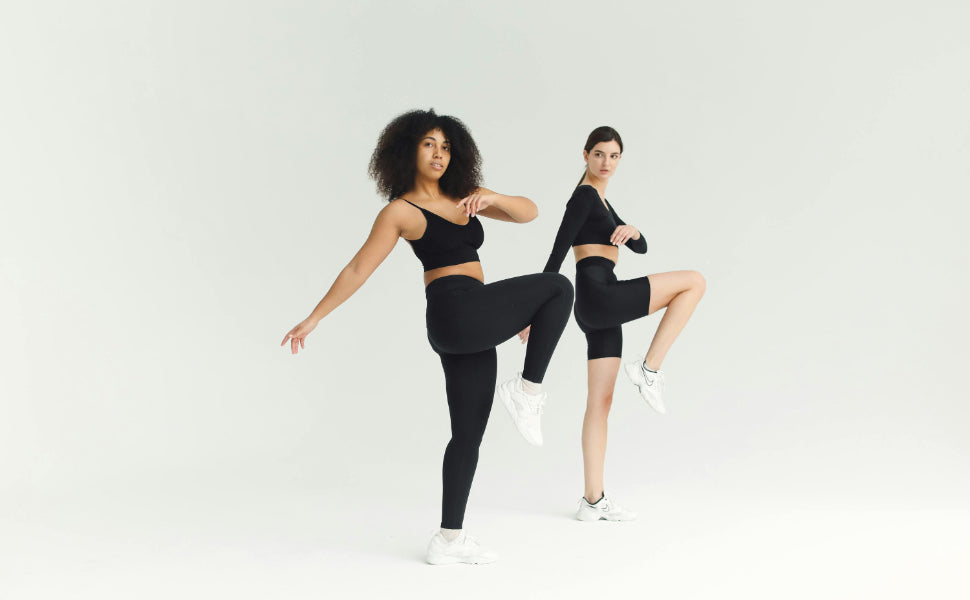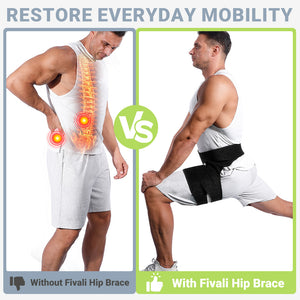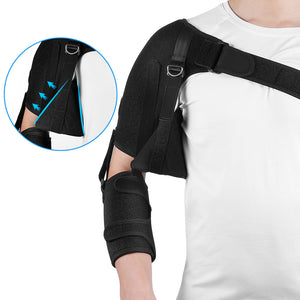How to Stretch Knees

This article provides an overview of beneficial knee stretches. It underlines the proper form and technique and stresses the significance of stretching for knee health. The article offers a few popular knee-stretching techniques. It also suggests specific safety measures to consider, such as avoiding overstretching and consulting a doctor if you already have knee pain or an injury. For optimal knee health, incorporating knee stretching into our regular exercise routine is beneficial.
fivalifitness.com
Types of Knee Stretches
Knee stretches come in various forms that can help increase knee joint flexibility and relieve stress. The following are some typical kinds of knee stretches:
- Quad Stretch: Get upright and bend your knee, bringing your heel towards your buttocks. To keep yourself balanced, grab onto something solid with your foot or hands. Your quadriceps muscles should feel stretched in the front of your thigh. On the other leg, repeat.
- Hamstring Stretch: Position yourself on the floor with one leg extended and the other bent. Maintaining an upright posture, extend your leg forward. Your hamstrings, or the back of your thigh, should feel stretched. On the other leg, repeat.
- Calf Stretch: Face a wall and place your hands at shoulder height on the wall. Straightening your leg as you step back, plant your heel firmly on the ground. Your calf muscle should extend as you lean forward slightly. On the other leg, repeat.
- IT Band Stretch: Stand tall and cross one leg behind the other. Reach up and toward the crossed leg while bending to the other side. The outside of your hip and thigh should feel stretched. On the other leg, repeat.
- Hip Flexor Stretch: Assume a lunge position by kneeling on one knee and placing the other foot in front of you. Maintaining a straight back, gradually move your weight forward until you feel a stretch at the front of your hip. On the other leg, repeat.
Don't forget to stretch gently and to stop at the first sign of pain or discomfort. It's crucial to pay attention to your body's signals and stop if you experience any sudden, intense discomfort. Regular stretches, combined with other exercises and a suitable warm-up, can help maintain healthy knees and improve overall flexibility.
Techniques
Several efficient procedures exist for stretching the knees. Here are a few methods that are often employed:
- Dynamic Stretching: The following involves moving the joint through its full range of motion in a controlled manner. Walking lunges, high knees, and leg swings are a few examples of dynamic knee stretches. Before beginning more strenuous activities, these stretches help improve blood flow to the knee joint and warm up the muscles.
- Static Stretching: Static stretches concentrate on the muscles surrounding the knee joint by having the patient maintain a particular posture. Stretches for the quadriceps, hamstrings, and calves are examples of static knee stretches. Make sure to breathe deeply and relax into each stretch, holding it for about 20 to 30 seconds at a time.
- Stretching with Proprioceptive Neuromuscular Facilitation (PNF): PNF stretching increases flexibility by combining passive stretching with isometric contractions. For the knees, a popular PNF technique is the contract-relax method. The target muscle group should first be stretched, then contracted isometrically for a short while, and then relaxed and stretched even further.
- Foam rolling: Although it's not a conventional stretching method, foam rolling helps reduce tightness and tension in the muscles that surround the knees. To target the quadriceps, hamstrings, and calf muscles, gently roll the foam roller down the front, sides, and back of the thighs and calves.
Always warm up before beginning any stretching exercises, and stop immediately if you experience severe or excruciating discomfort.
Tips for Knee Stretching
The following advice can help you stretch your knees effectively:
- Warm Up: It's crucial to have your muscles and joints warmed up before beginning any knee stretching exercises. For a few minutes, engage in a gentle aerobic activity to enhance blood flow to the knee muscles. This can involve cycling, marching in place, or quick walking.
- Protect Your Knees: To protect your knees and lower your risk of damage during stretching activities, consider using sports knee braces if you currently have knee problems.
- Concentrate on Correct Form: Be mindful of your posture and body alignment when doing knee stretches. Keep your back straight and avoid bending or arching it excessively. Using proper form minimizes the risk of injury while ensuring that the stretch reaches the targeted muscles.
- Gradual Progression: As your flexibility improves, start with mild stretches and gradually increase the length or intensity. Steer clear of overexerting yourself, particularly if you have tight muscles or are new to stretching.
- Breath Control: When you stretch, remember to breathe slowly and rhythmically. Refrain from holding your breath, as this can cause your muscles to become more tense and reduce the effectiveness of the stretch.
- Hold Each Stretch: Hold each static stretch position for 20 to 30 seconds. This promotes increased flexibility by allowing the muscles surrounding the knee joint to loosen up and stretch.
- Add Variety: Mix up your knee stretches to work on various quadriceps, hamstrings, calves, and hip flexors, among other knee-related muscle groups. This promotes total knee joint flexibility and range of motion.
- Pay Attention to Your Body: Observe your body's reaction to each stretch. Stop the stretch right away if you experience any pain, discomfort, or instability in your knees. It's critical to distinguish between a little strain and an uncomfortable experience.
- The Secret Is Consistency: To sustain and gradually increase your range of motion, including knee stretches, into your daily exercise regimen. Regular stretching can help reduce the risk of knee-related problems and prevent stiffness.
You can enhance your general knee health, reduce muscular strain, and increase flexibility by incorporating these suggestions and routine knee stretches into your daily routine.
fivalifitness.com
Reference
Stretches and Exercises for Knee Pain, from a PT - HSS
-
Posted in
Brace, Healthy Lifestyle, Joint













